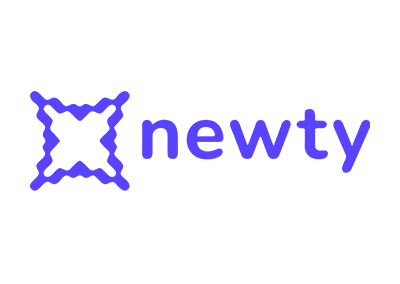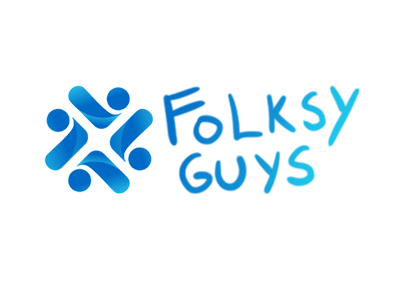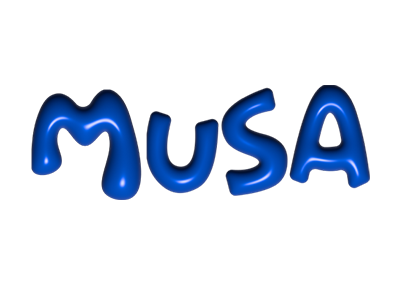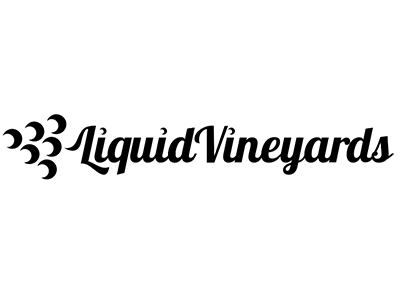Who can benefit from this service

Our service is aimed at anyone who wants to explore the world of NFT and use this technology to buy, sell or collect unique digital goods.
In particular, the main objective is to help artists and companies define the best strategy for the creation of unique tokens with high artistic and commercial value.
Furthermore, the service is aimed at event organisers who want to create ticketing systems based on NFT technology to guarantee authenticity and security of tickets for events, concerts and exhibitions.

NFT revolutionises the way of owning and collecting
NFTs (Non-Fungible Tokens) are unique and indivisible tokens representing a digital asset, such as a work of art, a video, a song or a collector’s item. Thanks to blockchain technology, NFTs make it possible to guarantee the authenticity and uniqueness of the digital asset, offering new opportunities for its creation, sharing and sale.
The term ‘non-fungible’ refers to a unique and non-substitutable asset. In contrast, fungible assets such as money and cryptocurrencies can be exchanged for each other, representing units of similar value.
Each NFT contains a digital signature that makes it unique and, thanks to blockchain technology, allows the rights attached to the possession of the asset to be securely authenticated and recorded, enabling it to be bought and sold as if it were a physical object.
Our approach
We believe that NFTs represent a compelling future for digital content ownership and distribution. For this reason, we offer a complete service: from the creation of marketplaces to the production, purchase, and sale of NFTs using the best platforms and technologies available.
In particular, our NFT services include:
- Design and realisation of customised NFTs: we offer a consultancy service for the design and creation of NFTs. Our goal is to help artists and companies define the best strategy for the creation of unique tokens with high artistic and commercial value.
- Study of supply and target communication channels: we offer an analysisservice, helping artists and companies to define the correct value and the most suitable sales strategy. In addition, we offer consultancy services for the definition of the most in target communication channels, for the promotion of NFT and dedicated marketplaces.
- NFT utilities: we offer the creation of NFTs with additional functionalities, such as access to exclusive content or participation in special events and initiatives. Thanks to blockchain technology, NFT utilities create new opportunities for engagement and interaction between users and artists or companies.
- NFT Ticketing: we offer the creation of ticketing systems based on NFT technology, enabling the authenticity and security of tickets for events, concerts, exhibitions and other activities. Thanks to blockchain technology, NFT ticketing prevents ticket scalping and creates new business opportunities for event organisers.
- The tokenisation of real assets: we offer the service for the tokenisation of real assets, such as real estate, vehicles, art and collectibles. Thanks to blockchain technology, tokenised assets can be divided into fractional ownership shares and sold as NFT tokens. This opens up new possibilities for investment and access to valuable assets for a wider audience of buyers.
Blockchain Italia conceived and developed the Musa NFT marketplace, launched in 2021. MUSA NFT is a complete platform for the creation, sale and purchase of sustainable NFTs thanks to Algorand’s carbon-negative blockchain.
Musa NFT also offers a number of advanced features, such as the possibility to create customised NFTs using design tools, user licence management and the ability to sell your own NFTs on the marketplace. In addition, it offers an intuitive and easy-to-use user experience that makes buying and selling accessible to all.
Check out some of our DeFi projects
FAQ
What is the value of NFTs?
Understanding what an NFT is worth depends on what it represents. When it comes to cryptographic art and collector’s items, it is quite similar to any other artwork or collector’s item. We need to understand the story behind the piece, the artistic value and its market demand. The value attached to each NFT can also be determined by basic indicators such as rarity, utility, tangibility and the history of ownership.
What are the most popular types of NFTs?
Some of the most popular use cases are art NFTs: they are created when artists digitise their artworks on the blockchain. Art NFTs derive their value from two main factors: the ability to digitally verify the authenticity and the proof of ownership of the particular digital asset. Collectable NFTs, on the other hand, are unique digital assets minted on the blockchain, which users can collect or exchange. Some special collectable NFTs are limited editions and may be particularly sought after by collectors. Gaming NFTs are increasingly popular, in fact, an NFT game will use NFTs in its rules, mechanism and player interactions.
What are the main NFT standards?
NFTs (Non-Fungible Tokens) have become popular due to their ability to create unique and verifiable digital property. NFTs are created through smart contracts on blockchain and can represent anything from artwork to videos, games, music and more. There are several NFT standards, but the most common are:
ERC-721: this standard was created to represent unique assets on Ethereum. Each token has a unique ID and cannot be exchanged with other tokens. This standard has been used to create many decentralised games and digital art collections.
ERC-1155: this standard was introduced to solve the limitations of ERC-721. This standard allows tokens to represent multiple assets and to be exchanged in variable quantities. This standard has been used to create decentralised games in which users can exchange virtual objects.
BEP-721: This standard is similar to ERC-721, but was created for Binance Smart Chain instead of Ethereum. This standard has been used to create many digital art collections and decentralised games on Binance Smart Chain.
TRC-721: this standard was created for the TRON blockchain to represent unique assets. It is similar to Ethereum’s ERC-721 and is used to create digital art collections and decentralised games on TRON.
ASAs ARC-03: this standard was created for the Algorand platform. ASAs (Algorand Standard Assets) are unique Algorand tokens that represent digital and physical assets, such as currencies, securities, real estate and other objects. ASAs can be exchanged between users, providing a platform for the creation of decentralised markets and applications using tokens.
There are also many other NFT standards, but these are the main standards used today. The choice of standard depends on the needs of the project and the blockchain used.
Difference between NFT and standards
Standards define the technical specifications for the creation of an entity, such as a token. NFTs are unique and non-fungible tokens, i.e. they cannot be traded with each other equivalently, unlike fungible tokens such as cryptocurrencies. Therefore, NFTs are often created following a standard, such as ERC-721 or ERC-1155, which define technical specifications for the creation and management of unique and non-fungible tokens.
Social
Copyright © 2023 Blockchain Italia.io
Blockchain Italia S.r.l. P.IVA 10441490967
Via Brembo 27, 20139 Milano
Privacy Policy | Certifications
OAM Register – Registration number: PSV53

